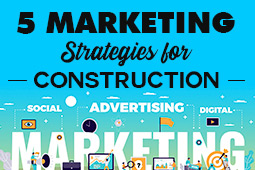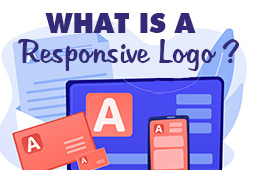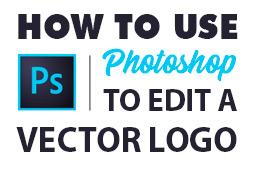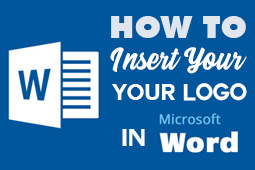What do you feel when you look at a circle? Why does that square seem so intimidating? How does a triangle pattern lead to more business?
Graphic design, and logo design by extension, is the art of communicating through images. Without words, that puts a heavy burden on visuals — every color, size, and shape you choose must say something about your brand identity and business style.
Is your brand fun and casual or serious and high-end? Instead of explaining yourself with slogan text people may not read, choosing the right shapes can communicate your brand personality faster and more effectively. By tapping into subconscious associations and gut reactions, the shapes in your logo can explain your brand better than your elevator pitch.
But how are you supposed to know the emotional connotations of each shape unless you’re a graphic design? Just read this guide! Below, we take a look at the ten most common shapes and imagery styles and explain what they mean on a subconscious level.
Circles

Circles (along with ovals and egg-shapes) are some of the most popular shapes in logo design, and it’s important to understand the science of why. The human eye instinctively follows lines, a concept most photographers take advantage (known as “leading lines”). With circles, that line never ends, giving viewers a sense of completeness or interconnectedness.
That fits the intentions of most brands, who want to create a sense of community and have their logos “invite” people to join them. Using a circle to frame your entire logo does this perfectly — everything seems more unified, and the viewers’ eyes naturally go around and around, drawing them in.
Circles can also be used on smaller scales, for example, a polka-dot pattern in the background. In this way, circles can convey playfulness or fun — remember that circles make the eye go around and around, like a dance, so they make the brand feel more casual and fun.
Spirals
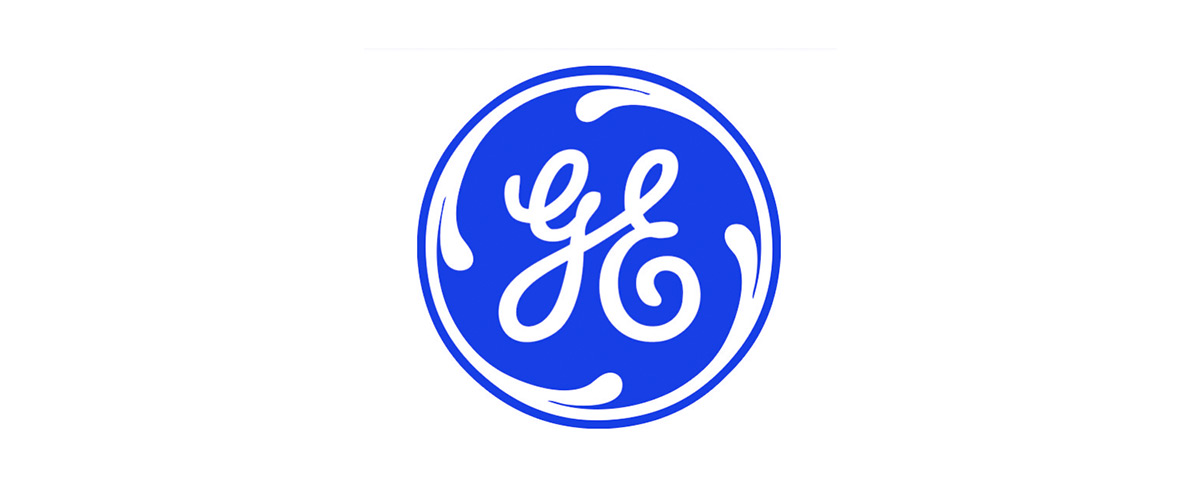
Spirals retain all the characteristics of circles — in particular the “drawing in” of the viewer — but take them to the next level. Instead of being relaxed and casual like standard circular logos, spirals are more energetic, sometimes to a fault. In extreme cases, spirals can be hypnotizing or even dizzying, helpful to some brands but harmful to others.
Spirals work best for brands that want to come across as dynamic and lively. The dizzying effects undermine the relaxing effects, so spirals should only be chosen with care. Brands trying to come across as “easy-going” should avoid them.
Triangles
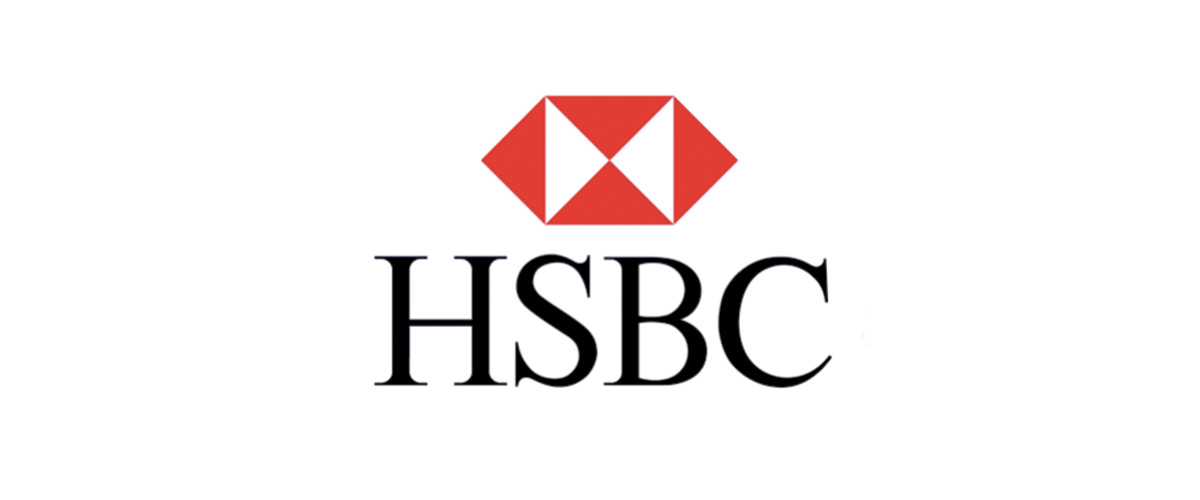
More versatile than other shapes, triangles depict different traits depending on which direction they’re facing. Think of them as arrows and point them the way that best represents your brand.
Upward-facing triangles, or pyramids, are the most common. The symbol of architectural stability, pyramids give a sense of security, strength, and durability. They also denote success by pointing upwards, giving a sense of authority — that’s why they’re common for scientific, religious, and legal brands.
Right-facing triangles suggest moving forward, and denote progress or speed. Conversely, left-facing triangles represent moving backwards; although they’re not common, they could be a good fit for brands that deal with history, memory, or nostalgia.
Downward-facing triangles are a bit unsettling — they look like they could tip over at any moment. However, certain brands can use this to their advantage if they want to come across as different, offbeat, or esoteric.
Rectangles & Squares
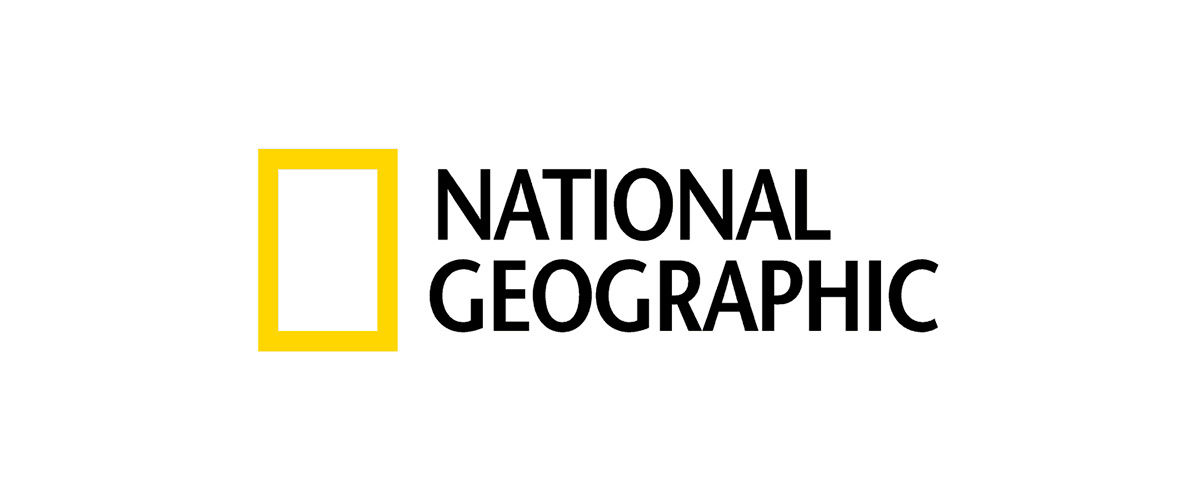
Rectangles, including squares, are the epitome of stability and represent fortitude and strength. However, this comes at the cost of playfulness and fun — rectangular shapes are quite bland, if not flat-out boring — so in a way they’re the opposite of circles.
Usually, rectangles are used as frames around other logo elements, often just a company name to highlight the formality. Squares take this effect to the fullest, as the equality of their sides adds to the connotations of durability (but make them even more bland).
Casual brands should stay away from four-sided shapes in lieu of more whimsical designs. Rectangles and squares work best for formal, “no-nonsense” industries like legal or financial, and can help legitimize companies that have a hard time getting taken seriously, like those in the burgeoning cannabis industries.
Curves, Waves, and Rounded Corners

Just like circles, curvy lines and waves make the eyes “dance,” making logos appear more fun and fancy-free. They have a vibrancy to them that lends a youthful energy to logo design, even for old and archaic companies.
The beauty of curves is that you can implement them into other designs to add a degree of playfulness. For example, let’s say you have a formal square-shaped logo, as described above. If you’re worried about being too stiff, you can “soften” your logo by using rounded corners instead of pointed ones. You still retain most of the stability connotations from squares, but with a little less rigidity.
The more curves you add, the more playful your design comes across. Try adding them incrementally to find the perfect balance of professionalism and fun to match your brand identity.
Sharp Angles and Points
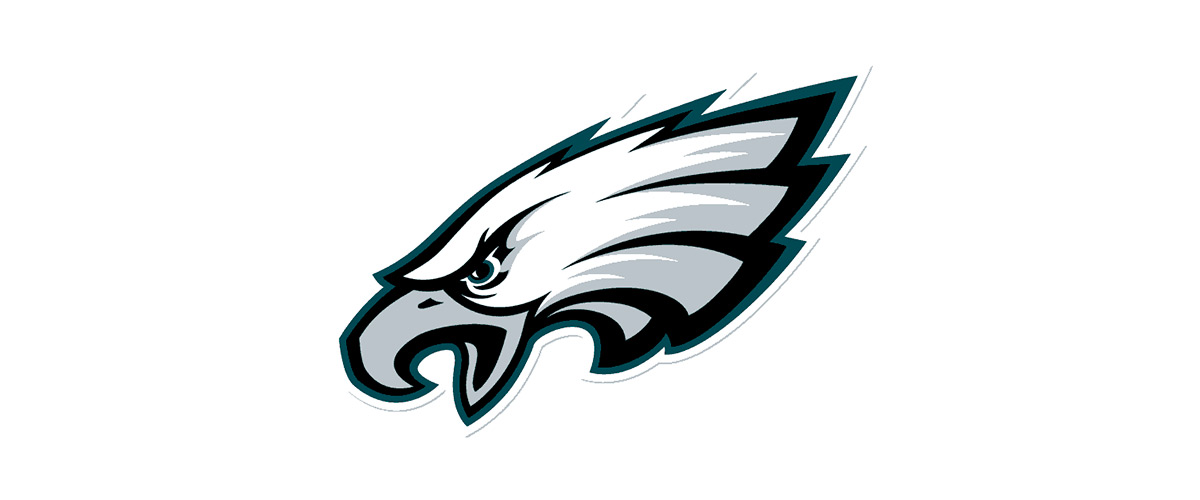
A favorite technique of the best sports logo designs, sharp angles and spikes come across as aggressive or even threatening, well-suited for edgy and in-your-face brands.
Keeping in mind that the eye instinctively follows lines, sharp angles seem jarring to the viewer, for better or worse. For aggressive brands, this gives logos a high-energy, invigorating feel, but they can be unsettling if your brand is going for something calmer.
Use sharp angles sparingly, otherwise your logo could become offputting. Just like curves, you can use sharp angles in varying degrees to create the ideal balance between relaxing and energizing. In other words, if you’re worried that your logo design is too sleepy, throw in sharp angles or spikes to give it some life.
Vertical Lines
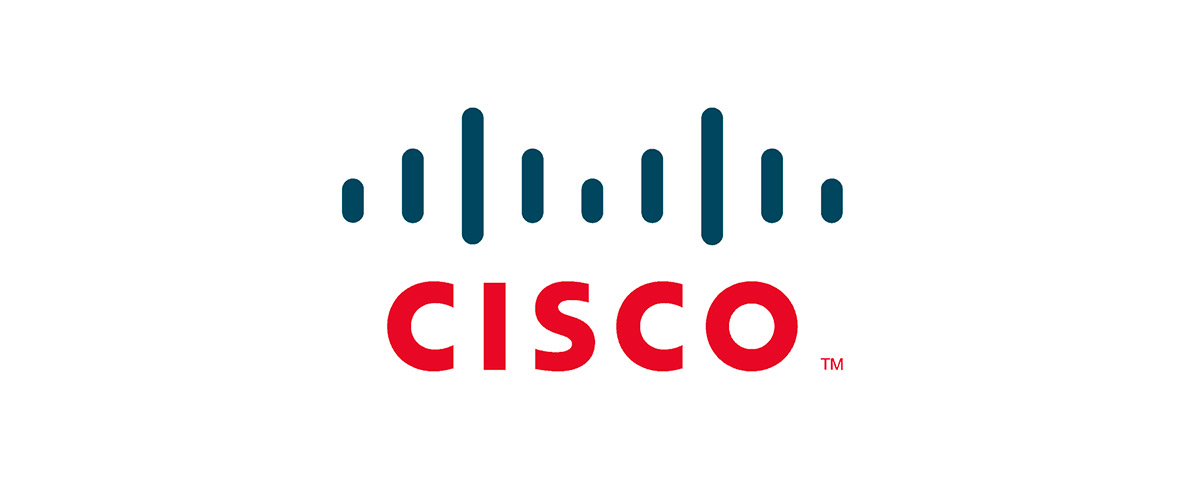
Although not technically a shape, using a series of repeated vertical lines can manipulate the viewer’s eyes to elicit specific emotional reactions just like shapes.
Because vertical lines make the eyes move up and down, they can be used to convey prosperity and success, like segments in a line graph. Depending on the design, they can even come across as authoritarian, like prison bars.
Lots of wordmark logos — logos that are simply the name of the company — play with vertical lines because they fit naturally with the letters in the name. For example, if your company name has lots of Ls or Ts, it’s easy to extend those letters into something more artistic without stealing attention away from the name itself.
Horizontal Lines
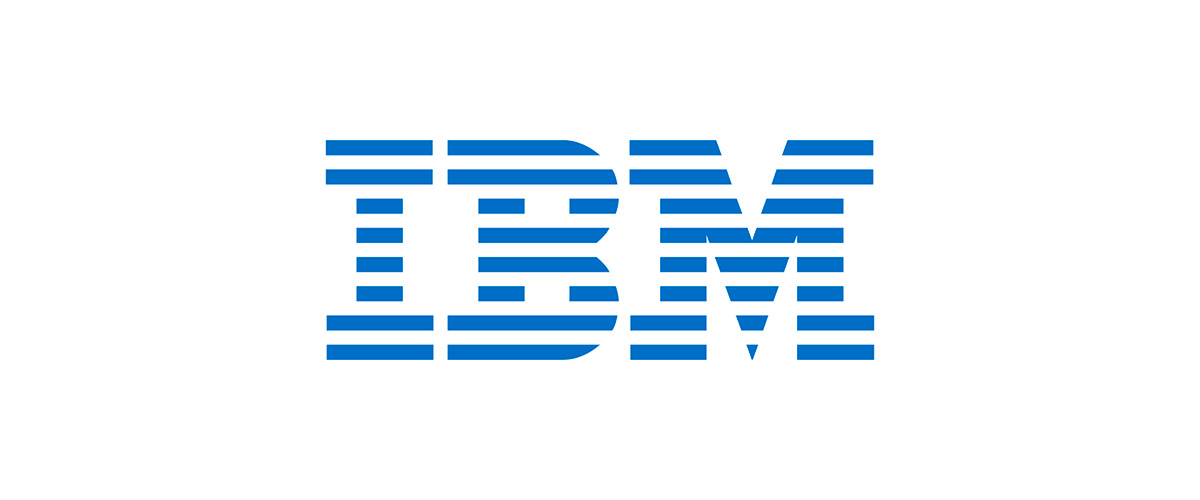
Like vertical lines, repeated horizontal lines also create emotional connotations like a shape. The difference, though, is that instead of representing success and prosperity, horizontal lines represent balance and the “status quo.” Like the Earth’s horizon, these lines calm viewers and reassure them that everything is level.
Horizontal lines work best for companies that want to come across as grounded. It’s a comforting visual, although a little on the dull side. Fun and youthful brands may opt for something more dynamic, but brands that offer something new or experimental can use horizontal lines to assuage customer fears and normalize themselves.
Abstract and Non-basic Shapes
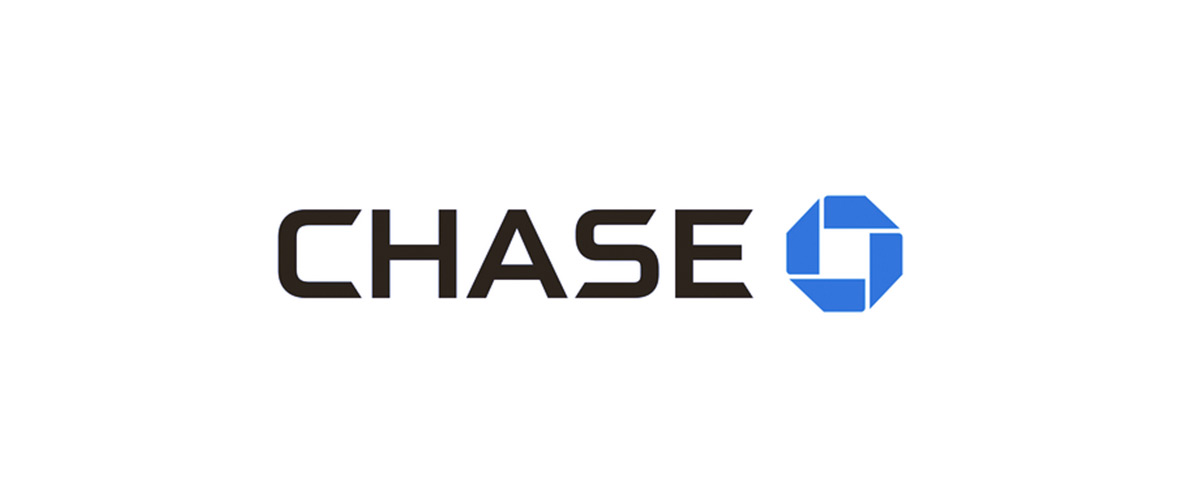
There are an infinite amount of shapes. You can combine preexisting shapes to make new ones, add any number of sides, and modify what’s already there to do new things. In other words, you can invent a brand new shape for your brand, and that’s quite all right.
When dealing with non-basic shapes, it’s best to break them down to their critical elements: straight lines, curves, sharp edges, rounded edges, waves, etc., as well as what direction they’re going in. We’ve already discussed the emotional connotations of each of these elements, so you can essentially make and customize your own using these building blocks.
For example, you can have the stability and formalism of a rectangle logo, but add giant spikes jutting out at the corners to make it more dynamic and attention-grabbing. Don’t be afraid to be creative.
Every brand identity is unique with its own specific goals and concerns, not to mention its own particular target audience. Sometimes, the ideal shapes for your logo don’t exist yet, and it’s up to you to create it from scratch. That’s why we recommend breaking it down to its simple components, so you use only the parts you need.
How to Make a Logo
Now that you have an idea of what goes into an effective logo, the question is, how do you make one? Essentially you have two options: hire someone to design it for you or design it yourself. Both have their own merits and drawbacks, so let’s examine both individually.
Hiring a Designer
Professional designers know by heart all the tips, tricks, and techniques we’ve mentioned above, and then some. When you hire a designer, freelance or from an agency, you’re buying their expertise just as much as their time.
The problem is, no skilled designer works for free. The most glaring downside of hiring a designer is the cost — talented designers charge hundreds or even thousands of dollars for logo design.
Sometimes you can find cheaper alternatives on sites like Fiverr, but those sites have a poor record for delivering what they promised, and there’s tons of ex-Fiverr users who felt they were ripped off. The industry standard for a logo design is around $200, so if someone charges $5, you’re right to be suspicious.
Moreover, even if you have the money to spare, it can be difficult to find the right designer for you. Graphic design is a creative field, so there are innumerable artistic styles to choose from. You have to be sure to find a designer who both understands your vision and is capable of bringing it to life, but that can take time.
Design a Logo Yourself

If you don’t have spare cash in your budget for a logo, don’t despair. While in the past you may have had limited options, nowadays technology has advanced so that virtually anyone can design their own logo using an online logo design tool like logogenie.
In our digital era, design software is less about the technical skill of your hands and more about your creative ideas. You don’t need to master your brush strokes or pencil shading — you don’t even need steady hands. With online logo makers, all you need is an idea.
Logogenie, and other online design tools, use templates to make design fast and easy, even for first timers. First, you select your industry from the dropdown menu.
We’ve categorized our templates by the needs and demands of the top industries, so finding yours is the first step. Our algorithm will then generate the top choices for your industry.
Simply choose the one you like and start editing. You can customize each template however you want, personalizing your choices for:
Main images
Company name and slogan
Font and typography
Color schemes
Text and picture sizes
Text and picture placement
Adding new icons
Layering (putting some images behind or in front of others)
You can choose from our internal library of over 200 icons. A quick glance shows that there are plenty of the intellectual imagery we mentioned above, including trees with rainbow leaves, shield crests, books, graduation caps, and more.
Using a DIY logo maker like logogenie, you can create a professional-tier logo in just minutes. When you’re done, you can buy all permissions and commercial licensing for $24.90, which grants you your logo forever.
While the template-style of design works well for first-timers, you’ll get better results if you bone up on some graphic design basics beforehand. Keep reading our blog for special design tips, straight from expert designers.

